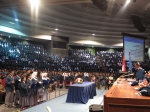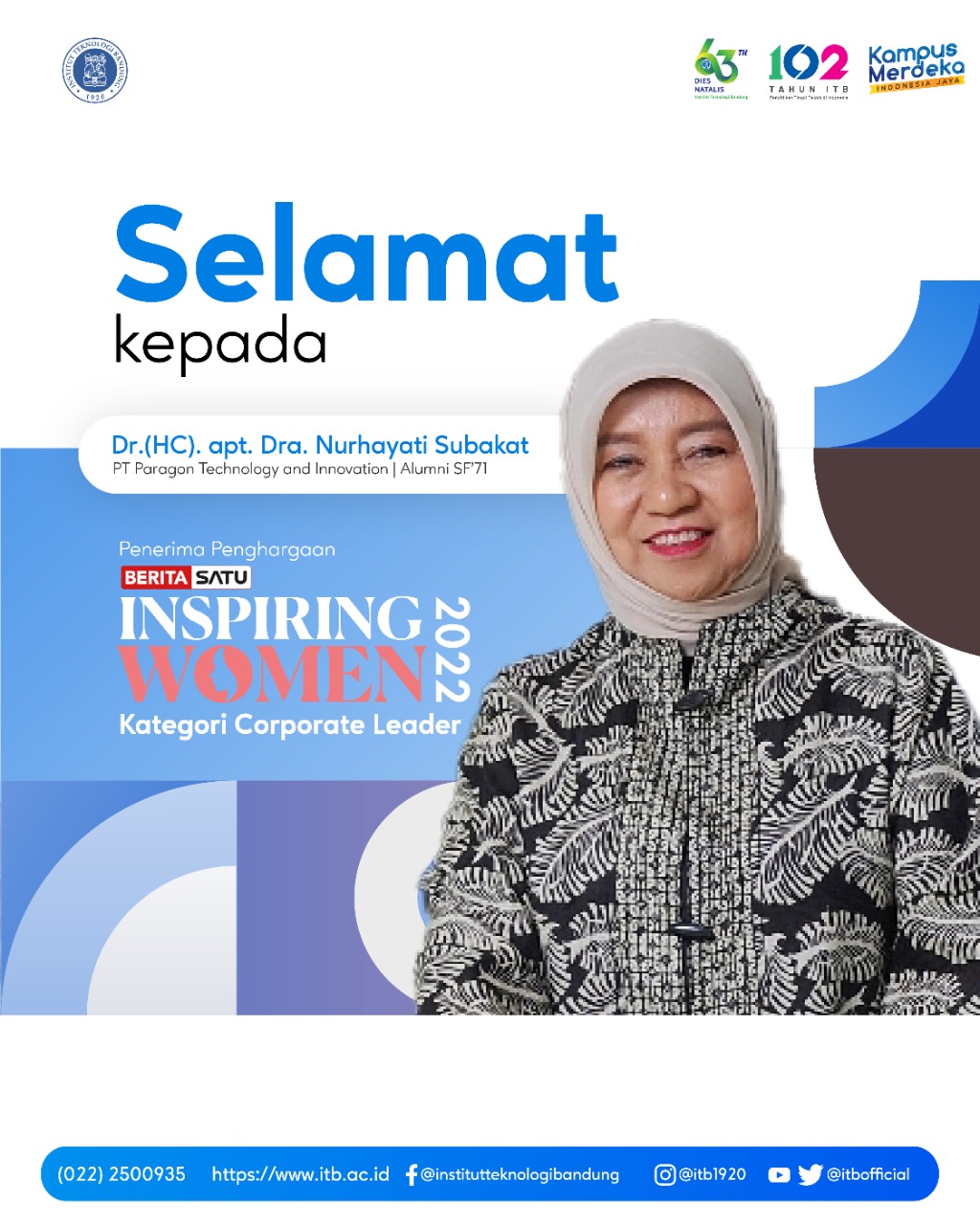Who's The Smart One in Indonesia Smart City: The City or The Citizen?
By Adi Permana
Editor Adi Permana

BANDUNG, itb.ac.id — The Minister of National Development Planning/National Development Planning Agency Dr. (HC) Ir. Suharso Monoarfa, who is also the alumnus of ITB Urban and Regional Planning batch 1974, was the keynote speaker at the opening activities of the Research and Rating of Digital Transformation and Indonesian Smart City (RTDI and RKCI) 2021, Monday (2/8/2021).
RTDI and RKCI 2021 are organized to measure the implementation of the smart city concept in Indonesia, which will be used as evaluation and input material to advance Indonesia's cities' development.
As the Minister of National Development Planning, Suharso started his discourse on smart city development planning and digital transformation with one big question, "When you want to build a smart city, who is the smart one? The city, the citizen, or the interaction between the city and its citizen? What smartness do you want to present?"
He emphasized that all smart city instruments, such as digitization, are rooted in the person and things that make a city smart. Digitalization is part of the redesign of Indonesia's economic transformation that is inclusive and sustainable. The preparation of six economic transformation strategies from various aspects was carried out to meet the purposes of an advanced Indonesia before 2045.
"Smart cities are not only formed by the city's intelligence but also by the people who live in it," Suharso said.
Nowadays, Indonesia is the fourth-highest number of internet users country in the world. Indonesia's most prominent internet use is in social media and online shopping sites. Especially in 2020 and 2021, the value of retail e-commerce transactions is increasing rapidly due to the pandemic.
However, even though Indonesia's citizens are extraordinary consumers of digital products in terms of supporting digitization infrastructure, Indonesia's economic digitization has not been optimally maximized. The use of digitalization infrastructure still needs improvement in eastern and central Indonesia, especially in frontier, outermost, and disadvantaged (3T) areas.
Suharso said that early education for human resources is the most critical point in digital transformation. Therefore, various efforts to introduce technological advances to the younger generation need to be carried out to achieve digital transformation and support the smart city concept.
Digital transformation, including its planning, is also summarized in the five directives issued by President Joko Widodo, so that Indonesia is expected to be sovereign in digital transformation, not just being a consumer. One of the efforts made by the government is the integration of government sites and applications through one Indonesian data and the development of digitization supporting infrastructure in various villages throughout Indonesia.
A city has to provide optimal service to its residents. One form of interaction and transaction between the city government and the city citizens is public services. With optimal public services, urban citizens can do their activities with high levels of productivity. The citizens' increased productivity can contribute benefits back to the city. Thus, a smart city with an integrated and effective supporting infrastructure system and approach is needed.
There are six smart approaches to supporting infrastructure: smart transportation, smart building, smart water, smart energy, smart waste management, and smart services. The existence of smart infrastructure is the basis of smart governance, which is also part of a smart city.
"This strategy aims at the sustainability of the citizens and the earth. It will also result in the citizens' welfare. Smart cities do not always start with an extraordinary digital infrastructure development capacity. The most important thing is how high the residents' comfort level, how much the residents feel they are being served properly, and how well the government responds to citizens' expectations," Suharso said.
Reporter: Mirmanti Cinahya Winursita (Urban and Regional Planning, 2019)
Translator: Zahra Annisa Fitri (Urban and Regional Planning, 2019)

.jpg)
.png)
.jpg)
.jpg)
.jpg)


